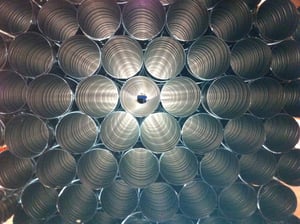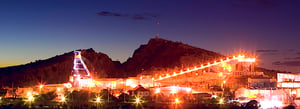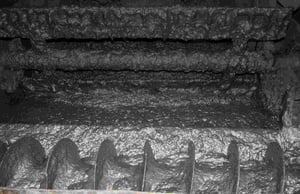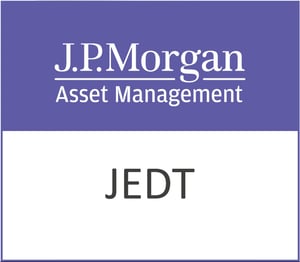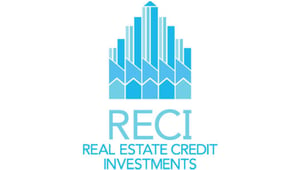Drax Group PLC, a major player in the renewable utilities sector, commands attention with its diverse operations and promising potential for investors. Established in 2005 and headquartered in Selby, United Kingdom, Drax Group has carved a niche in renewable power generation, offering a wide array of services and products from biomass pellets to hydroelectric power. As the green energy sector burgeons, Drax’s strategic positioning in this market could present significant opportunities for growth-conscious investors.
With a market capitalisation of $1.97 billion, Drax operates through several key segments: Pellet Production, Biomass Generation, Flexible Generation, and Energy Solutions. These segments collectively contribute to its renewable, dispatchable power offerings and system support services. Drax’s assets include the Drax Power Station in Selby, along with Cruachan Power Station and other hydro-electric facilities in Scotland, highlighting its robust infrastructure in the UK energy landscape.
Despite its strategic assets, Drax’s recent financial performance presents a mixed bag. The current trading price stands at 536.5 GBp, recording a marginal decline of 0.04%, reflecting a cautious market sentiment. The stock has fluctuated within a 52-week range of 483.20 GBp to 676.00 GBp, suggesting potential volatility but also opportunities for astute investors to capitalise on market movements.
Valuation metrics further complicate the investment narrative. Notably, Drax’s trailing P/E ratio is unavailable, while the forward P/E is a staggering 777.45, indicative of the market’s long-term growth expectations or potential overvaluation. The absence of PEG, Price/Book, and Price/Sales ratios suggests a need for investors to delve deeper into the company’s financial health and future earnings potential.
Revenue growth has been a point of concern with a decline of 21.80%, but the company still maintains a commendable Return on Equity of 25.82%, underscoring effective management and operational efficiency. The robust free cash flow of £445.19 million further strengthens its financial resilience, providing a cushion against market fluctuations and enabling strategic reinvestment or debt reduction.
For income-focused investors, Drax’s dividend yield of 4.52% is attractive. With a payout ratio of 18.03%, the company demonstrates a sustainable dividend policy, balancing shareholder returns with reinvestment needs.
Analyst ratings present a balanced view with two buy, two hold, and one sell rating. The target price range of 529.00 GBp to 988.00 GBp, with an average target of 764.50 GBp, indicates a potential upside of 42.5%. This suggests that while current valuations may appear stretched, there is room for significant appreciation if the company successfully navigates its operational and market challenges.
Technical indicators offer further insights. The 50-day moving average of 601.05 GBp and the 200-day moving average of 622.34 GBp highlight current price underperformance, potentially signalling a buying opportunity for contrarian investors. The RSI of 64.77 suggests that the stock is nearing overbought territory, requiring careful monitoring.
In the broader context of the renewable energy transition, Drax Group’s commitment to sustainable energy through its biomass and hydroelectric ventures positions it well within an evolving regulatory and consumer landscape. However, investors should weigh the company’s high forward valuations and revenue decline against its operational strengths and strategic infrastructure. As the renewable utilities sector continues to grow, Drax Group remains a compelling yet complex consideration for investors aiming to harness the power of green energy.


















